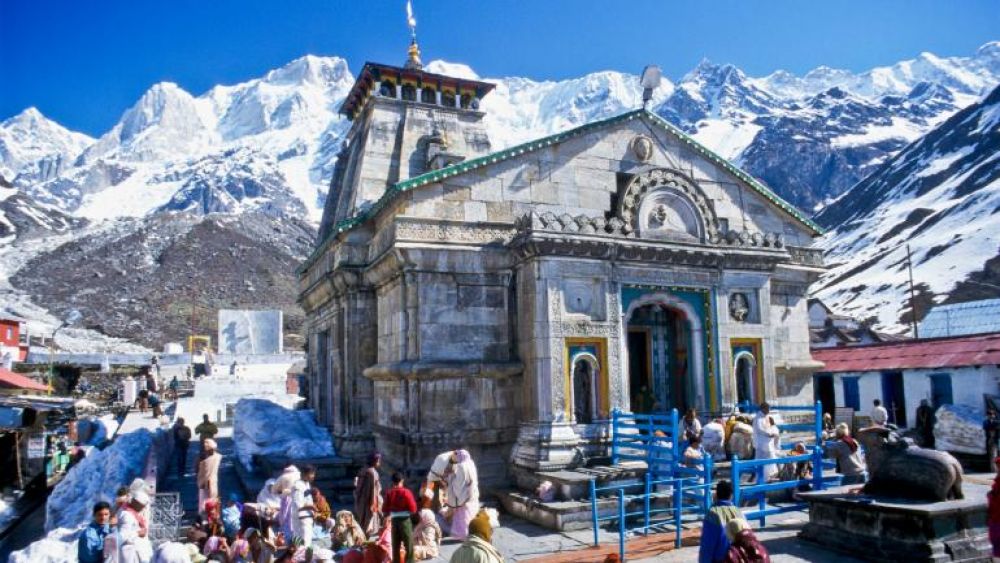

Kedarnath, situated in the majestic Garhwal Himalayas of Uttarakhand, India, is one of the most sacred pilgrimages in Hinduism and a pivotal part of the Char Dham Yatra. The history of tourism in Kedarnath and the Char Dham—comprising Yamunotri, Gangotri, Badrinath, and Kedarnath—is deeply intertwined with religious significance and spiritual pursuits, drawing millions of devout pilgrims from across the globe.
The origins of Kedarnath and Char Dham pilgrimage date back to ancient times when it was believed that journeying to these sacred sites would lead one towards Moksha or liberation. Kedarnath is one of the twelve Jyotirlingas and hosts the famous Kedarnath Temple dedicated to Lord Shiva. It is said that the temple at Kedarnath was initially built by the Pandavas of Mahabharata and later restored by Adi Shankaracharya in the 8th century CE.
The concept of the Char Dham Yatra was popularized by Adi Shankaracharya as a means to revive the Hindu religion. These four sites are strategically positioned in the mountains of Uttarakhand and represent the spiritual sources of four sacred rivers: the Yamuna (Yamunotri), the Ganges (Gangotri), the Mandakini (Kedarnath), and the Alaknanda (Badrinath).
For centuries, these sacred sites were accessible only by arduous treks across rugged terrain. Gradually, as infrastructure improved, so did access, making it easier for more pilgrims to undertake the journey.
Development in the travel and tourism sector immensely contributed to the growth of pilgrimage tourism, further boosted by the Government of India initiatives to promote religious tourism. The introduction of the Char Dham Yatra via helicopter services and the improvement of road networks have played a significant role in the increased tourist footfall.
In recent years, with a growth in spiritual tourism, there is a trend of integrating traditional pilgrimages with elements of leisure travel. Apart from embarking on the holy pilgrimage, tourists are now exploring the surrounding regions, engaging in adventure activities, and seeking wellness retreats in the Himalayas.
Eco-tourism has also gained traction. With the fragile ecosystem of the Himalayas, there is an increasing emphasis on sustainable and responsible tourism practices. This involves managing waste, limiting the use of plastic, and maintaining ecological balance while accommodating tourists.
The Char Dham Yatra now attracts a diverse crowd, ranging from the traditionally religious to the millennial traveler seeking cultural experiences. With the advent of digital media, virtual tours and online darshans have also become popular for those who cannot make the journey physically.
The government continuously works on improving the safety measures considering the areas are prone to natural disasters. Post the devastating floods of 2013, there has been significant investment in rebuilding and reinforcing the pilgrimage routes to ensure the safety of tourists and maintain the sanctity of these locations.
The journey to Kedarnath and the Char Dham is an enduring symbol of faith that transcends time. The rich history of tourism here is a testimony to its undying spiritual relevance and the evolving patterns of pilgrimage tourism. With each passing year, as more pilgrims and tourists from around the world discover these holy sites, Kedarnath and the Char Dham Yatra continue to be a beacon of spirituality and cultural heritage in the heart of Uttarakhand.